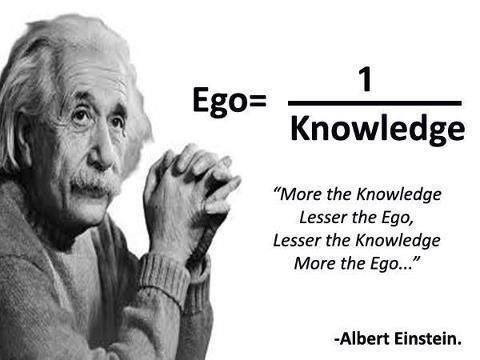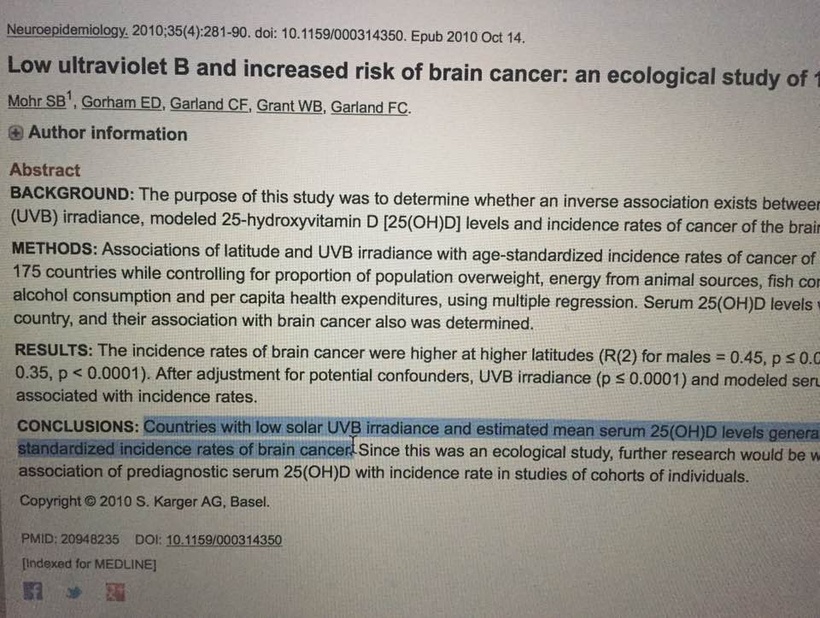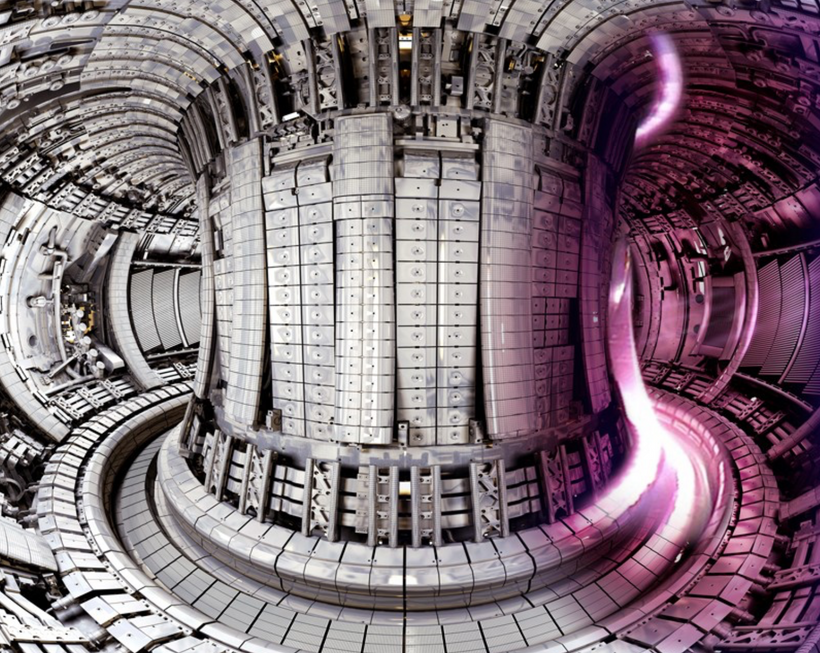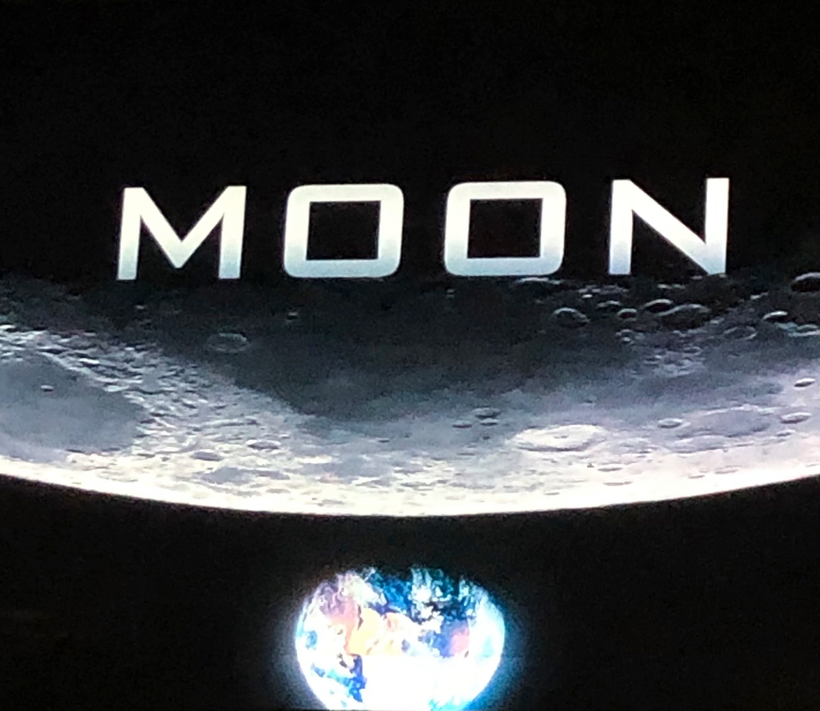
How does the sun’s photons sculpt cells?
The tensegrity of a cell is built by the collagen backbone that is hydrated and composed of adhesion proteins of the extracellular matrix. The water around the adhesion molecules changes via electronic induction of an EMF leading to physiologic capabilities or pathological probabilities.
The properties of liquid water are very different from most other liquids, with many anomalies being identified. These properties are due partially to water being a very small and highly polar molecule, but mainly due to water’s capacity to form ordered tetrahedrally-placed cooperative intermolecular hydrogen bonding. In liquid water, clusters of water molecules are continually forming and dissociating due to changing environmental EMF’s.
Water molecules oscillate between two electronic configurations in phase with a resonating solar EMFs and the Schumann resonance of Earth. Those variations alter cell adhesion molecules to alter the tensegrity of the cell and can and do change the growth cycles in cells. This changes information transfer in light photons inside of cells.
One especially important class of adhesive molecules is the integrins. Integrins are more than just mechanical links, however: They also relay signals both to and from mitochondria and proteins in cells. In this way, integrins play an important role in sensing the environment and controlling cell shape and motility.
What are the 4 cell adhesion molecules?
Adhesion molecules are cell surface proteins that mediate the interaction between cells, or between cells and the extracellular matrix (ECM). There are four families of adhesion molecules: immunoglobulin-like adhesion molecules, integrins, cadherins and selectins.
Which adhesive molecule is required for high fidelity cell to cell communication?
Integrins.
That types of adhesion molecules is sVCAM-1.
What is sVCAM-1?
Soluble Vascular Cell Adhesion Molecule-1 (sVCAM-1) is a well-known biomarker of endothelium dysfunction that is associated with hypertension and atherosclerosis in humans. When we are solar deficient or Schuman deficiient we observe diseases associated with altered SVCAM-1

UVA = short wavelength light. This means solar noon is a time when arterial transmission of light is greatest, and when energy transformation from foods should be lowest. This is another reason eating during mid day is a bad idea. The best light transfer in humans occurs during mid day when the sun is highest in the sky. Most heart attacks in humans occur at pre dawn or dusk, when the NO system is most stressed. This is why aspirin also has a circadian variance and works best when the NO is most stressed and endothelial activation is highest.
Many reports in the literature have suggested that endothelial activation is an important process in pathogenesis of disease like infection/sepsis. Peripheral artery disease seems to mimick an infectious process linked to low levels of nitric oxide in vessels due to a lack of solar redox. The association between biomarkers of endothelial cell activation and sepsis severity, organ dysfunction sequential organ failure assessment (SOFA) score, and death seems to be related to solar magnetic flux or excessive nnEMF exposure.
Kp = geomagnetic parameter.
The Kp value that is reported is the maximum fluctuation, which is the maximum positive and negative deviations of geomagnetic activity at a particular location that occur during the 3-hr window. This varies greatly by latitude and population density due to the sun and nnEMF exposure of modern humans. nnEMF affects the Schuman resonance production at various spots in the Earth’s ionsophere. This reduces the fidelity of the signals that control these proteins.
These solar and geomagnetic data for locations on Earth can be obtained from spacecraft measurements and can be found on the NASA Goddard Space Flight Center’s OMNIWeb.

HOW DOES GEOMAGNETIC FLUX AFFECT MITOCHONDRIA?
Many people do not know that bacteria and Archea undergo explosive growth in space where nnEMF dominates because the protective veil of the Earth’s magnetic field is weak. This fact become known when an America astronaut, Dave Wolf spent 4 months in space on MIR for NASA before the USA planned on building the ISS. When Wolf opened up the hatch where all the water and wiring were found he found the are filled with excessive microbial life. This shocked NASA and they knew this could mean pathological trouble for the astronauts of the space program if they were going to try to colonize space. Little did they know that this situation should have helped medicine understand why mitochondrial function goes awry on Earth when it is pathologically subjected to nnEMF inside the magnetic shield of the Earth. People think the solar system is a non dynamic system but this is a false belief. The solar system is subject to massive nnEMF variation, and this variation changes the electronic configurations of things in water. Earth has more water on it than any other body in the solar system.

This should have been a lesson to modern medicine for how chronic diseases manifest in modern humans on Earth. Confused? Let me explain some evolutionary history to you. Why is this a critical piece of evidence in my Quilt document?

What is our mitochondria, fundamentally and where did we get it? It is a bacteria we stole into our cells around 600 million years ago at endosymbiosis. We controlled its growth on Earth by surrounding mitochondrion with water and adhesion molecules that limited its physiologic abilities to grow.
Evolution also deleted most of its genes to 37 in number. Only 13 of its genes remain which code for the proteins that make the respiratory proteins which tunnel electrons from food, magnetic flux, and the sun. After the eukaryotic cells absorbed the bacteria it surrounded it with water and cell membranes loaded with DHA that had electrons in it. Why did it do this? A cell has to control the stowaway cells growth potential in order to force it to transform energy from electrons, protons, and photons. Photons can only excite electrons and the charge density of light can liberate electrons to move in cells.
Bacteria are known to release 5000 times as much light than eukaryotic cells can. Eukaryotic cells are built around the idea of retaining light. Since mitochondria are of bacterial origin, they are built around the idea of liberating light. I believe this is why the inner mitochondrial membrane has no DHA in it. Mitochondria also create heat. Heat is a form of IR light.
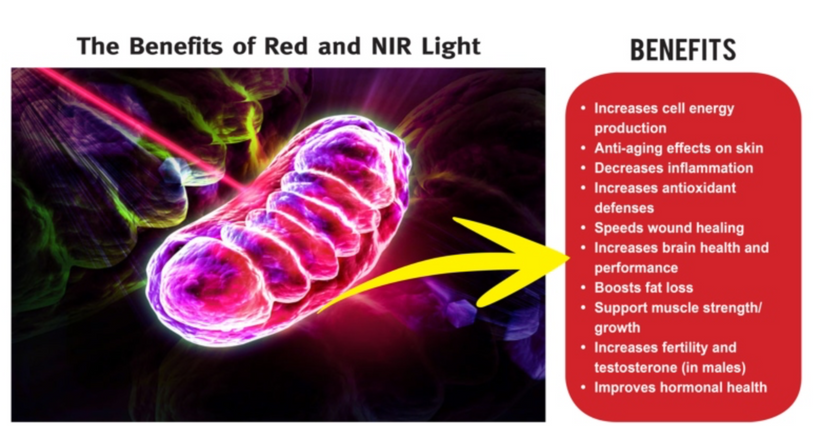
Heat and light do special things to water. As water absorbs heat, it stores this as potential energy by breaking hydrogen bonds in the crystalline structure of cell water without considerably increasing its kinetic energy. While water behaves like most liquids at higher temperatures, as it’s cooled the hydrogen bonding starts to play a more important role in how it acts in cells. Liquid water has many strange properties, due to crystalline hydrogen bonding networks. For example, it has a high specific heat, high surface tension, high melting point, and high boiling point as a a consequence of its queer behavior with the varying charge density in the spectrum of light.
Each liquid water molecule is involved in about four hydrogen bonds with strengths considerably less than covalent bonds but considerably greater than the natural thermal energy. These hydrogen bonds are roughly tetrahedrally arranged (quasicrystal) such that when strongly formed the local clustering expands, decreasing the density. Such low density structuring naturally occurs at low and supercooled temperatures and gives rise to many physical and chemical properties that evidence the particular uniqueness of liquid water. If aqueous hydrogen bonds were actually somewhat stronger then water would behave similar to a glass, whereas if they were weaker then water would be a gas and only exist as a liquid at sub-zero temperatures. The overall conclusion of the investigation of water is that water’s hydrogen bond strength is poised centrally within a narrow window of its suitability for life.

Heat shrinks water’s crystalline structure and creates an exclusion zone (EZ) in water that increases its net negative charge. This increase in negative charge is the basis of redox control inside the cell. This charge density build up controls the size and shape of the mitochondria inside of cells to contrict its growth. This is why bacteria in space grow like mad. When they swell this is a stimulus to divide. Since our mitochondria used to be a bacteria we control its size and shape to use it as a powerhouse of quantum energy production. All frequencies of light affect cell water but UV and IR light build water into a battery by making something called the exclusion zone of water. It has a net negative charge and excludes protons from it. This EZ become a perfect battery to run the ATPase of the mitochondria as a quantum torque engine that operates on red light from the spectrum of hydrogen in the sun.

In space, we lose these effects in our own mitochondria and this is why astronauts get unusual medical conditions like optic nerve head swelling. This finding changes the molecular adaptation in the central retinal pathways via neurotransmission switching between neuromedin S (NMS) & vasoactive intestinal peptide (VIP) neurons within the suprachiasmatic nucleus (SCN), which, in turn, reorganizes the SCN-paraventricular nucleus (PVN) circuit that controls the clock mechanism of the eye. The passage of entropy is they key physiologic purpose of the eye clock mechanism.

THE SUN’S ROLE in health and behavior
The solar and geomagnetic activity exposures examined in the literature includes Interplanetary Magnetic Field (IMF), sunspot number (SSN), and the geomagnetic parameter, Kp index. IMF is a measure of the portion of the Sun’s magnetic field that is carried into interplanetary space due to solar wind and it has a 27 day periodicity, matching the length of time for a single solar rotation.
It is a good proxy measure for nnEMF ejected into system of planets by the sun. The total strength of the IMF is defined as the combined measurements of IMF strength from all directions; north-south, east-west, and towards-sun and away-from sun. When there are periods of increased solar activity there is an increased number of sunspots, larger total IMF values, shock waves in the interplanetary medium, solar energetic particle events (e.g., solar flares, coronal ejections, etc.), and geomagnetic disturbances. This mimics what we see from 3G-5G towers on Earth.Sunspots are defined as temporary dark areas in the Sun’s photosphere where solar magnetic field concentrations interact with the Sun’s plasma, with the number of sunspots correlating to solar activity level. The number and size of sunspots describes the 11-year solar cycle periods. Kp index has been used to characterize global geomagnetic activity in Earth’s magnetic field, quantifying disturbances in the Earth’s magnetic field.
Endothelial activation and inflammatory biomarkers can be measured by the interquartile range (IQR) in studies.
IQR increases in SSN, IMF, and Kp have been associated with a significant, positive percent change in adhesion molecule changes such as sICAM-1 concentration. Similar to sICAM-1, IQR increases in SSN, IMF, and Kp index are also associated with a significant percent change in another adhesion molecule called sVCAM-1. Its concentration also rises with nnEMF changes.
Circulating vascular adhesion molecule-1 (sVCAM-1) is a known marker of endothelial activation and dysfunction that rises in atherosclerosis causing a reduction of blood flow and oxygen to mitochondria leading to mitochondrial dysfunction and altered growth. It now appears obvious that elevated soluble plasma concentrations of adhesion molecules like sVCAM-1 is a marker of white matter lesions in the myelin of the brain. These are linked to cerebral vascular diseases like MS and hypertension. Air and light pollution seem to raise these cell adhesion markers leading to disease. Short-term exposures to particulate air pollution have been associated with higher levels of these biomarkers within populations of susceptible individuals such as asthmatic children, diabetics, and men with coronary heart disease.
SNPs and SAPs seem to have evovled with mtDNA evolution to deal with variations in solar weather and epigenetic control in animals. Air and light pollution likely affect the functioning of SNP and SAPs in animals because of how they vary the the absorbtion of terrestrial sunlight. SNPs in miRNA-processing genes appear to modify associations between ambient pollution and sICAM-1 and sVCAM-1, which are correlates of atherosclerosis and cardiovascular disease. Many in centralized medicine remain unaware air pollution is more pronounced and deadly at higher latitudes on Earth.
High latitude communities frequently have severe air pollution problems. The usual situation is the release of moderate amounts of pollutants into an atmosphere with extremely poor dispersion. The poor dispersion is in turn a direct result of the high latitude solar radiation balance, which in winter is characterized by short days and low solar elevation. The cause is poor sunlight to disperse particulate matter using the charge density of solar photons. I spoke about this process yesterday in my Q & A with one of my physician members whose patients were suffering from these problems.
The effects of solar activity exposures on CRP blood measurements were positive but of lesser magnitude than the adhesion molecules. However, a significant effect on CRP elevation has been seen for Sun Spot Number in humans in space and on Earth. SSN varies the amount of magnetic power delivered to the Earth. The more magnetic flux that is delievered to Earth’s magnetosphere, the more changes in the Schumann resonance can be measured. These things affect the alpha wave in EEG of living things on Earth. The alpha waves connect humans to the Earth global electrical current that helps create the Schumann resonance.
SCHUMANN COMMUNICATION WITH OUR BRAINS IS A REAL QUANTUM ISSUE
In 1954 Von W. O. Schumann and H. Koenig reported reliable and predictable peaks of frequencies that were consistent with the model of an earth-ionospheric resonance. The possibility that the electrical components of the time-varying electrical potentials produced by the brain may occasionally overlap and become synchronous with ultra-low frequency (ULF) electromagnetic activity occurring within this resonant cavity was originally observed and reiterated by Koenig and his colleagues in their research. In their publication they noted qualitative congruencies between the waveforms of electroencephalographic activity recorded from the scalps of human subjects and patterns of naturally occurring electromagnetic activity (Type I and II signals) that are generated by global lightning, particularly in tropical regions close to the equator where lightning is observed year round.
This observation is now supported by additional quantifications showing that the space-time parameters of signals measured from both the earth-ionosphere and brain electrical activity are complimentary. In particular the Schumann resonances, which are traditionally defined by spectral peaks at approximately 8, 14, 20, 26, and 33 Hz, show remarkable consistency with electroencephalographic activity in terms of frequency and intensity; both exhibit average magnetic field intensities of about 1–2 picoTeslas and when the average cortical thickness of about 3 mm is accommodated both exhibit electric field intensities approaching .1 to 1 mV/m.
Alpha waves in humans are seen in the electroencephalogram (EEG) during a normal wakeful state where the subject is quietly resting. Beta EEG are present when a person is alert/attentive and thinking actively. Theta rhythm (Stage 1) of sleep is present during the transition from wakefulness to sleep.
SSN lowers the alpha waves in humans. Alpha waves induce feelings of calm, increase creativity, and enhance your ability to absorb new information. Lowered alpha waves create feelings of fear, doom, decreased creativity, and cause you not to be able to assimilate new data. They make you less adaptable.
When SSN drop during solar minimums, alpha waves increase. Too many alpha waves cause too much daydreaming, difficulty focusing, and being too relaxed when needing to be alert. Optimal alpha generation from the sun allow us to be relaxed at the appropriate times and optimized vagal parasympathetic outflow from the brainstem to calm the stress response in the CNS. Solar weather variation is reflected in human EEG strips of normal healthy people. Solar weather variation leads to changes in health and behavior of low redox humans.
Solar weather variation also changes the Schuman resonance in Earth and this can be reflected in the alpha waves in the central nervous system of living organisms on Earth. Geospace is the term that relates to the solar-terrestrial environment and the relevant space occupied by Earth and her fields. Schumann Resonances (SR), global electromagnetic resonances, excited by lightning, is one of the natural electromagnetic (EM) fields in our planetary environment. But resonances can be excited by any electromagnetic disturbance in the atmosphere. The fundamental SR mode roughly corresponds to a wave with a wavelength equal to the circumference of the Earth. Transverse resonance is predominantly a local phenomenon containing information on the local height and conductivity of the lower ionosphere and on nearby thunderstorm activity. Waves in the ultralow frequency (ULF) range ULF range (i.e.,below the first Schumann Resonance), will have wavelengths much larger than the circumference of the Earth.
ULF waves, at approximately 1 mHz to 1 Hz, play a major role in propagating energy throughout the magnetospheric system. At the lowest end of this frequency band, the wavelength of ULF waves is comparable to the entire magnetosphere. In this frequency range, the global structure of the magnetosphere can lead to global cavity resonances and waveguide modes. The structure of these modes is determined by the gradients in the Alfvén and fast mode speeds in the magnetospheric system.
The Schumann resonance is not the internally-generated resonant frequency of the planet Earth, which is 10 Hz as Tesla discovered. It is electromagnetic oscillations-the Earth’s global electric circuit consisting of the frequencies that play through the ionospheric cavity (space between the ground and ionosphere) as waves in a plasma. The ionosphere is a highly-conductive region of cosmic plasma (Nikolaenko and Hayakwa,2014)
The solar-terrestrial environment is modulated by solar cycles which affect the global climate and all organisms in the biosphere.
Interference patterns are the transducers of energy, which at its most fundamental level is described as information. The Earth functions like a planet-sized electrical capacitor or condenser, storing electrical potential. Human brains can access this system remotely. Proof that it happens are found in our EEG. (Nikolaenko and Hayakwa,2014).
The space between Earth and the ionosphere is a dissipative closed cavity between 50-375 miles that can sustain quasi-standing waves at wave lengths of our planetary dimension. Electrical conductivity in the atmosphere is driven largely by extraterrestrial cosmic rays that generate a torsion field around Earth.
Conductivity within the atmosphere increases exponentially with altitude because the lower atmosphere buffers collision frequency. The ionosphere begins about 50 miles out from the Earth’s surface and extends out over 180 miles. It consists of charged particles encircling the planet. This highly dynamic region of Earth is constantly exposed to harsh ultraviolet radiation from the Sun. It breaks down molecules and atoms in the atmosphere. Highly charged ions and free electrons therefore fill the ionospheric layers creating a “spectral power station”. Lightning radiates broadband EM fields that spread laterally into the cavity. Global thunderstorms excite the Schumann resonances, which can be observed around 7.83, 14, 20, 26, 33, 39 and 45 Hz (Nikolaenko and Hayakwa,2014).
The resonant spectrum is a superposition of global lightning discharge. For these resonant values to change, the planet would have to change diameter. This implies that the brain’s EMF is organized around the size of a planet. It also implies that if life is found elsewhere, it will not operate the way it does on Earth.
The detection of Schumann resonances in the ionosphere calls for revisions to the existing models of extremely low frequency wave propagation in the surface-ionosphere cavity of Earth. Such frequencies have wrapped earth’s life since its inception and allowed life to organize itelf around these waves. This effect happens in water clusters. Normal daily variation ranges of ± 0.5Hz is driven by lightning discharges which is linked to solar weather variation to create the primary Schumann resonance (SR) pulse. It calibrates our alpha waves in our CNS and enhances our physical and mental well-being.
Seasonal solar weather changes in day length (photoperiod) are also known to affect numerous physiological functions in the brain around light. The suprachiasmatic nucleus (SCN)–paraventricular nucleus (PVN) axis plays a key role in processing photoperiod-related information of the sun and Earth. Seasonal variations in SCN and PVN neurotransmitter expression have been observed in numerous humans and animal models. However, the molecular mechanisms by which the SCN-PVN network responds to altered photoperiod still remain murky to centralized medicine. This blog shows you the effect is mediated in changing our mitochondrial biology and methylation pattern of adhesion molecule biology inside cells bathed in water your mitochondria creates.
CITES:
4. https://doi.org/10.1175/1520-0450(1986)025<0022:COHLAP>2.0.CO;2




